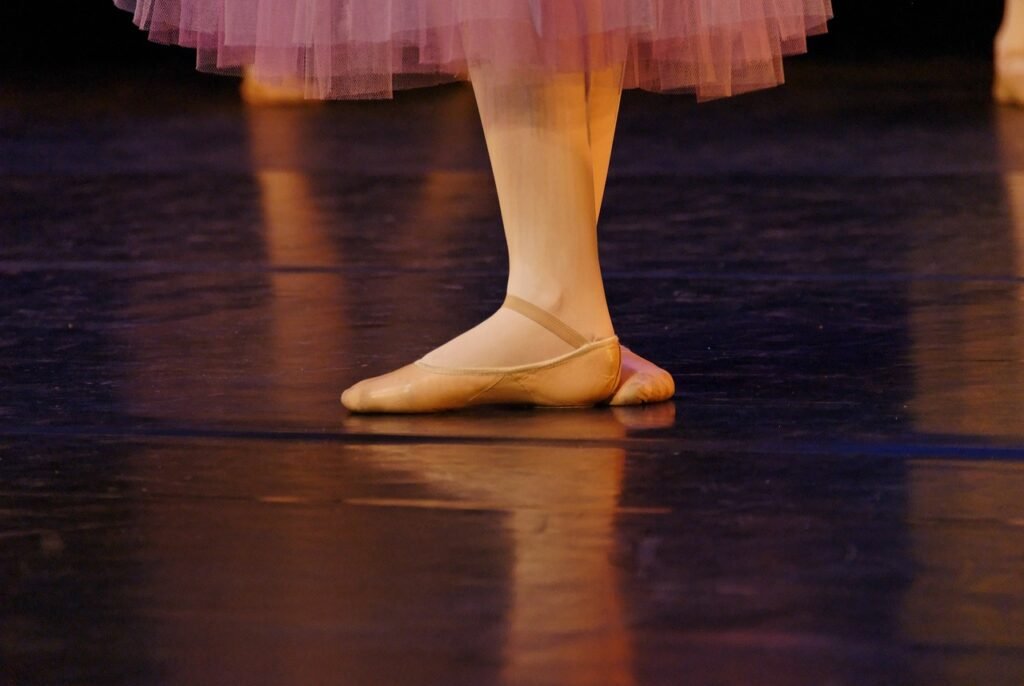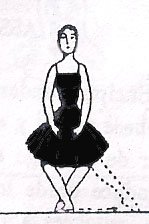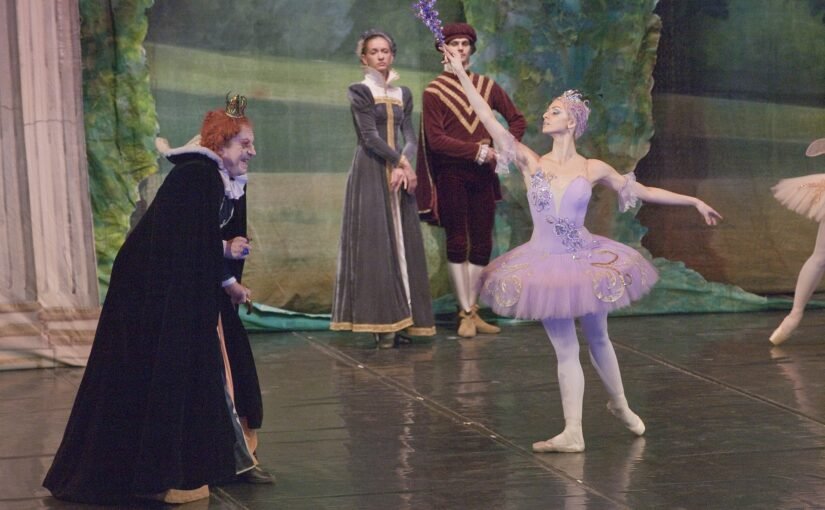Jete is a throwing step. This movement is a jump from one foot to the other in which you brush the working leg into the air and it appears to have been thrown. There is a great variety of jetes and you may perform them in all directions.

Table of Contents
What is the Jeté movement?
Jeté means “thrown” and consists of throwing one of the legs. The Battement Jeté starts from Tendu. That is an extension of the leg by sliding the sole along the ground until reaching the pointe position and returning to the initial position. The difference is that the foot rises to about 25 degrees in height and returns to the initial position.
Beginners could start doing a Jeté in the first position. But this movement is generally done from the fifth position.
What is the use of the Jeté?
It is often worked on the bar, combined with Tendus. With the Tendus and Jetés, you can assimilate the work in Croix or Cross. In other words, those exercises you can perform forward, to the side and behind.
It is a movement that has to be very precise. Also, it works on strengthening the muscles and tendons of the foot and leg.
Like the Tendus, it also works on balance on the supporting leg. Then, this will allow you to perform more complex movements (when you stretch the toe, you should be able to lift your foot without losing your balance!).
Click here if you want to practice at home and are looking for a ballet barre.
How to do a Jete step-by-step

Petit jeté: This is a small jete. Start from a demi plie in the fifth position.

Secondly, glide your right leg along the floor until it reaches 45 degrees ( “a la demi hauteur position”).

Then, the left foot springs from the floor.

Finally, the landing is made in fondu on the right leg, and your left foot is in cou de pied.
Secrets to the Perfect Jete
This is a petit allegro step. It is going from one foot to one foot. So, in assemble, we’re going from one foot to two feet. This is one-foot landing on one foot. Then, like assemble, jete begins with a brush and plie on the supporting leg. When you are throwing the leg, think of a frappe. Also, make sure that you fully engage the toes in the cou de pied.
KEY INFO
- One of the most common mistakes is to travel side to side. You should always stay in one straight line.
- Another mistake is not fully stretching the supporting leg. Before you land with the throwing leg, extend fully the supporting leg. In other words, you should extend your feet in the air for just a moment.





Leave a Reply